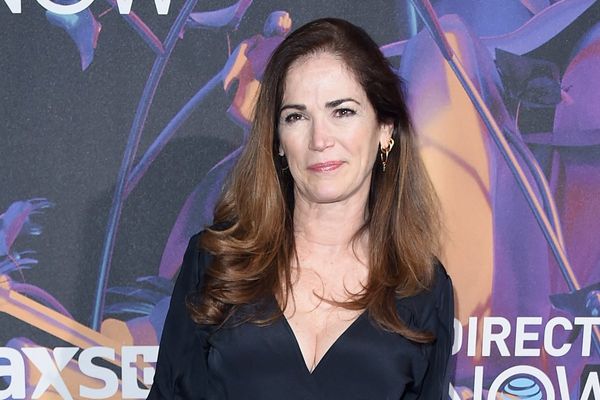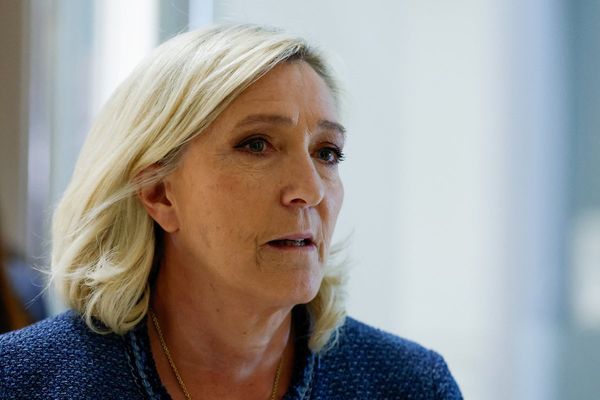The Federal Reserve's policy committee meets this week and will almost certainly raise interest rates by a quarter of a percentage point. It will be a first baby step in what looks to be a long and arduous path to reduce inflation.
Why it matters: The Fed's navigation of an economic tightrope will determine whether the next couple of years feature a recession, sustained sky-high inflation, neither or both.
- With inflation nearing 8%, and unemployment below 4%, the Fed is, by any historical standard, far behind the curve in raising rates.
- Its dilemma: How to correct that without crashing the economy, a task made more difficult by the Ukraine war and new COVID-induced lockdowns in China.
Chair Jerome Powell is betting on "neither." But achieving that is looking like a gnarly challenge, given how far the current policy stance is from what we'd typically expect to act as a brake on growth and inflation.
Flashback: It was one year ago exactly that the Fed started to fall behind the curve on aligning its policy stance with economic conditions on the ground. Consider the timeline:
- In December 2020, the economy still in shambles, Fed officials forecast they'd keep interest rates near zero through at least the end of 2023.
- Between that meeting and March 2021, Congress passed a bipartisan $900 billion pandemic aid package, Democrats captured the Senate in Georgia special elections, the Biden administration's $1.9 trillion rescue plan passed, COVID vaccines became widely available — and inflation figures started to perk up.
But the outlook for Fed policy didn't change at the March 2021 meeting, despite those dramatic shifts in the outlook for fiscal policy and public health.
- Fed leaders didn't want to repeat the mistake of the 2010s, with a hasty tightening that risked slowing the jobs recovery prematurely. With perfect hindsight, of course, that left them stuck in a stance of super-easy monetary policy even as economic growth surged and inflationary pressures mounted.
State of play: Now, the Fed prepares to take that first step toward tighter money. As importantly, at this week's meeting, the central bank leaders will update their rates forecasts — and that will tell us where the consensus lies on how fast they can move.
- The Fed believes the longer-term "neutral rate," which neither stimulates nor slows the economy, is around 2.5%. It would take a total of 10 quarter-point moves this year just to reach that.
- Forecasters are expecting somewhat less than that, maybe six rate hikes this year with more in 2023.
The bottom line: Powell has aimed to move cautiously in his tightening campaign, in part to avoid adding more uncertainty in an unsettled time. The tradeoff is that the Fed is now playing catch-up.







